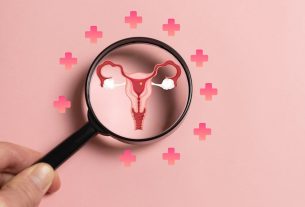[ad_1]
The first challenge of the Research and Development Missions Accelerator Programme (R&D MAP) has been launched by science minister, Lord Vallance.
The initial UK Research and Innovation (UKRI) R&D MAP Missions begin work this month with an investment of £4 million in a consortium of world-leading centres, including the Energy Systems and Digital Catapults.
The Clean Energy Mission will improve the UK’s power grid flexibility through AI and digital innovation, making best use of our clean energy sources and reducing our reliance on imported gas.
Targeted public and private sector investment
This first tranche of funding will set up an accelerator programme for businesses with new digital and AI models, helping them rapidly develop and deploy additional flexibility services.
In the first year, key aims include:
- developing capability of advanced digital tools to understand the energy system
- convene a first cohort of businesses
- engage with stakeholders across the energy sector more broadly
The targeted investment, across public and private sector, will accelerate the development of AI and digital solutions that improve the ability to forecast, manage and shift demand without the need for costly storage infrastructure.
This will build in the flexibility and resilience needed for a clean and reliable power grid.
Science Minister Lord Vallance said:
We’re calling on Britain’s brightest minds and innovative businesses to help us cut energy bills, boost energy security, and reduce our reliance on fossil fuels.
This is a challenge with real impact – if we get it right, we’ll save families money, protect the planet, and make the UK a clean energy superpower.
R&D has the power to change lives and we want to harness it to deliver real, measurable progress towards the Government’s five missions and turn bold ideas into real solutions by 2030.
Delivering better value for bill payers
The Clean Energy R&D MAP will launch a new cohort of growing businesses and create better value for energy bill payers by delivering at least two gigawatts of flexibility by 2030.
By combining work on energy system business models and real-world network testing with simulation and modelling, the teams will develop tailor-made solutions ready to be accelerated to market and adopted at scale.
Professor Louise Heathwaite, Senior Responsible Officer for the Clean Energy Challenge, and Executive Chair of the Natural Environment Research Council. said:
Providing the UK’s new power grid is both ambitious and urgent.
It will integrate renewable generation and domestic low carbon technologies (such as microgeneration and EV storage), to provide resilience and reliability for businesses and consumers through UK energy security and driving growth.
Our Clean Energy R&D Mission Accelerator Programme supports the government’s goal to make Britain a Clean Energy Superpower.
It will harness the power of AI and cutting-edge tech to make the UK power grid smarter, greener, and more resilient, aiming to deliver at least two gigawatts of flexibility by 2030.
This R&I Challenge will slash emissions, cut costs for households, and supercharge energy security – paving the way for a cleaner, cheaper, and brighter future.
[ad_2]
Source link



